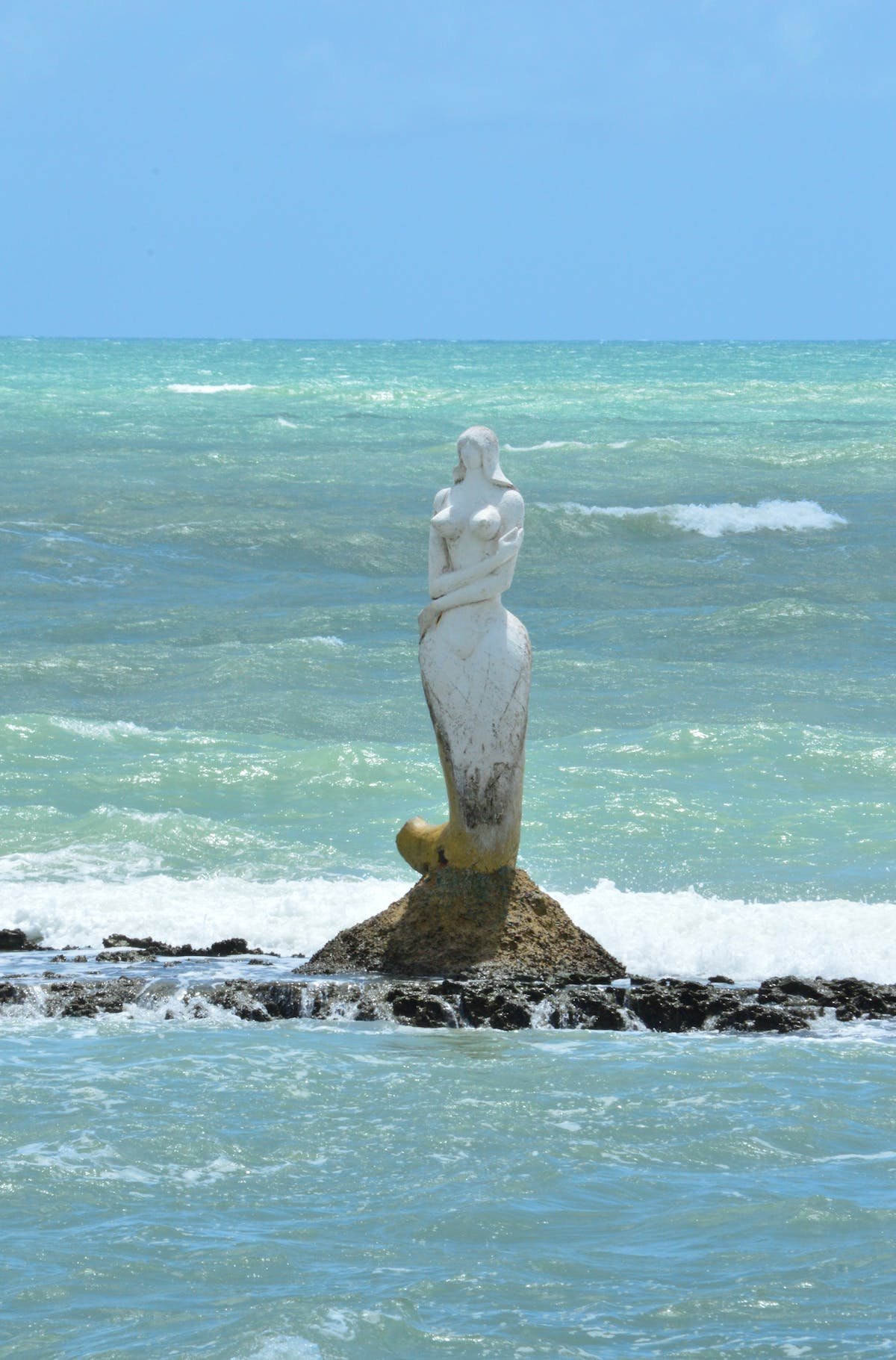The Enigmatic Allure of Mermaids: Mythology, Symbolism, and Popular Culture
Throughout history, the oceans have captivated human imagination, giving birth to countless legends and myths. One such enduring myth is that of the mermaid, a mysterious half-human, half-fish creature that has fascinated civilizations across the globe. The mermaid has been a prominent figure in folklore, literature, and popular culture, representing a variety of themes and symbolisms. This essay will delve into the origins and development of mermaid mythology, examine the cultural and symbolic significance of these enigmatic beings, and explore their continued presence in contemporary society.
The mermaid myth has ancient origins, dating back to the Assyrian civilization circa 1000 BCE. The goddess Atargatis, known as the great mother of the gods, was often depicted as a mermaid, with a fish's tail instead of legs. Her story tells of her transformation into a mermaid as she attempted to discard her human form after accidentally killing her mortal lover. The legend of Atargatis traveled with the Phoenicians and Greeks, leading to the creation of the Greek mythological figure Triton, a merman, and later influencing the Roman myth of Sirens. Over time, mermaid tales emerged in numerous cultures, including the Ningyo in Japan, the Rusalka in Slavic mythology, and the Mami Wata in African folklore.
In mythology and folklore, mermaids often represent a duality of nature—both seductive and dangerous. Their mesmerizing beauty and enchanting voices lure sailors to their doom, while in other stories, they rescue shipwrecked sailors or grant boons. Mermaids symbolize the allure of the unknown, the untamed power of nature, and the deep connection between humans and the sea. They also embody themes of transformation, sexuality, and the feminine mystique, highlighting the human fascination with that which is simultaneously captivating and elusive.
The mermaid's allure extends beyond myth and folklore, permeating literature, art, and popular culture. Hans Christian Andersen's 1837 fairy tale, "The Little Mermaid," popularized the notion of a mermaid longing for a human soul, reinforcing themes of transformation and unrequited love. The story's subsequent adaptations, particularly the 1989 Disney film, further cemented the mermaid's place in popular culture. Mermaids have also been a recurrent subject in visual art, from Renaissance masterpieces such as Botticelli's "The Birth of Venus" to contemporary depictions in fantasy illustrations and comic books.
In modern times, the mermaid continues to captivate and inspire, with numerous films, television shows, novels, and even commercial products featuring these enchanting beings. The mermaid's enduring presence in popular culture can be attributed to the universal appeal of their mythology, which speaks to the human desire to explore the unknown, as well as the timeless themes they represent. Moreover, the mermaid serves as a reminder of the delicate balance between nature and humanity, and the importance of respecting and preserving the world's oceans.
In conclusion, the mermaid is a mythical figure that has captivated the human imagination for millennia. With roots in ancient civilizations, mermaid legends have evolved and adapted, reflecting diverse cultural beliefs and symbolisms. From mythology and folklore to literature and popular culture, the mermaid's enigmatic allure continues to enchant and inspire, serving as a potent symbol of the human connection to the mysterious depths of the sea.








